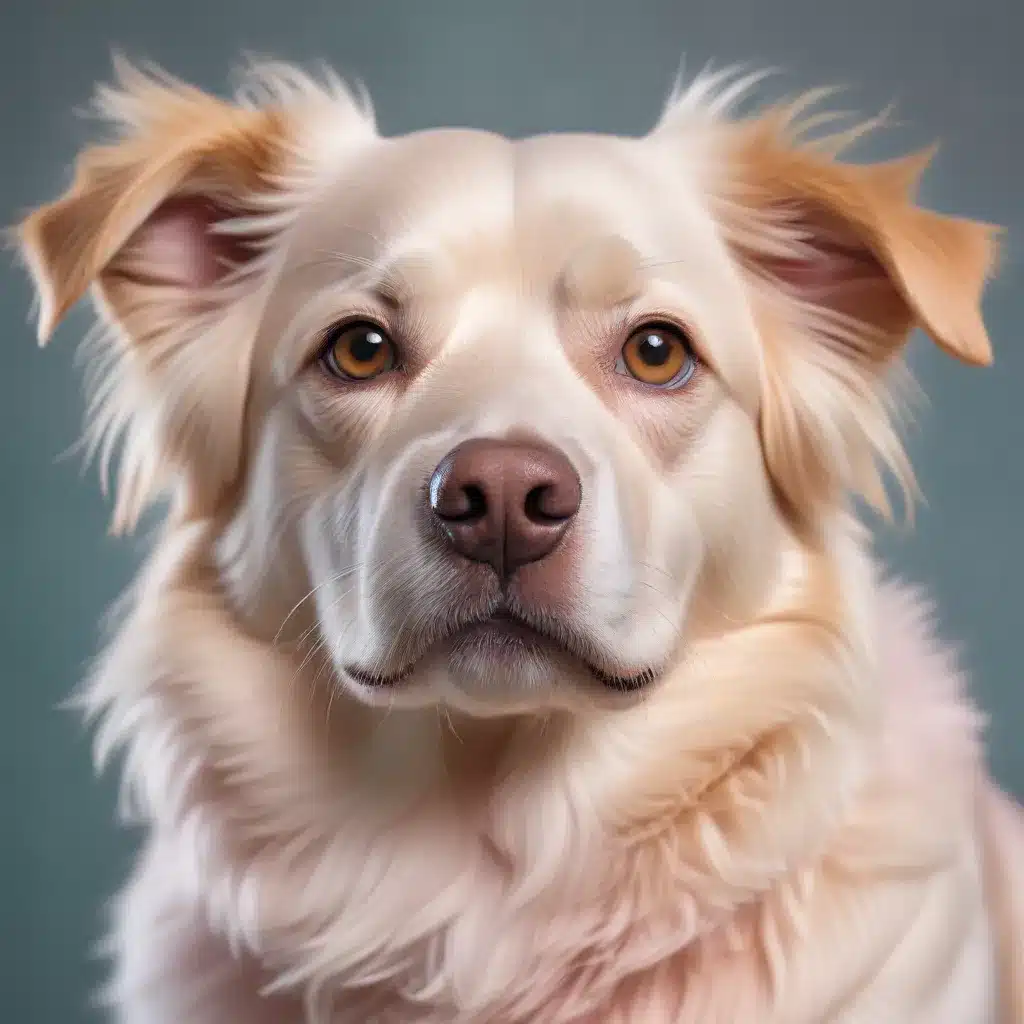
As an art instructor at Pencil & Paint Muse, I’m thrilled to share my expertise in pastel painting and its transformative potential for creating captivating pet portraits. Pastel, with its vibrant hues and expressive tactility, is a medium that allows artists to imbue their works with a palpable sense of emotion and personality – qualities that are essential when capturing the essence of our beloved animal companions.
Pastel Painting Techniques
Pastel Media Fundamentals
Pastel, a versatile dry medium, comes in a variety of forms, each with its own unique characteristics. Soft pastels, with their rich, velvety pigments, are ideal for bold, expressive strokes and impasto textures. Hard pastels, on the other hand, offer greater precision and control, making them well-suited for detailed hatching and stippling. Pastel pencils bridge the gap, providing the precision of a pencil with the vibrancy of pastel.
The choice of pastel paper or surface is equally important. Textured papers, such as sanded or suede-like surfaces, provide the ideal “tooth” for pastel to grip and hold, while smooth papers allow for fluid blending and layering. Consider the tonal range and lightfastness of the paper when selecting the perfect foundation for your pet portrait.
Vibrant Pastel Techniques
Mastering the art of layering and blending is key to creating depth, dimension, and a harmonious color harmony in your pastel paintings. Experiment with various techniques, such as scumbling, feathering, and cross-hatching, to achieve a range of effects and textures that bring your pet’s fur, eyes, and features to life.
Handling soft pastel can be a delightful challenge. Embrace the medium’s inherent spontaneity and expressiveness by using bold, confident strokes to capture the essence of your subject. Explore the use of your fingers, paper stumps, and soft brushes to blend and soften edges, creating a sense of atmospheric quality.
Emotional Expression in Pet Portraits
Capturing Personality
The true magic of a captivating pet portrait lies in its ability to convey the unique personality and emotions of the subject. Observe your furry, feathered, or scaly friend closely, taking note of their body language, facial expressions, and the subtle nuances that make them who they are.
Interpret these observations through your pastel strokes, accentuating the gesture and energy of your pet’s pose. Capture the playful curiosity in a cat’s gaze, the serene contentment of a sleeping dog, or the inquisitive tilt of a bird’s head. These details will imbue your portrait with a palpable sense of life and character.
Pastel Palette Considerations
Thoughtful color selection is crucial when crafting emotive pet portraits. Refer to the principles of color theory to create a palette that resonates with the subject’s personality and the desired mood. Warmer tones can convey a sense of comfort and familiarity, while cooler hues may evoke a more contemplative or mysterious atmosphere.
Experiment with complementary and analogous color schemes to achieve a harmonious and visually striking composition. Utilize chiaroscuro techniques to model form and highlight the key features of your pet, drawing the viewer’s eye to the most captivating elements of the portrait.
Pastel Prowess in Pet Art
Sketching and Composition
Begin your pet portrait journey with a series of preliminary sketches. These studies will allow you to explore dynamic compositions, experiment with different perspectives, and refine the essential details of your subject. Pay close attention to the proportions and anatomy of your pet, ensuring a faithful representation.
As you move towards the final work, consider the overall composition. Employ principles of balance, rhythm, and focal point to create a visually engaging and compelling portrait. Explore innovative cropping, unique camera angles, or even playful asymmetrical designs to add an element of surprise and interest.
Rendering Realistic Details
Capture the intricate textures and nuances of your pet’s features using the versatility of the pastel medium. Meticulously render the fur, scales, or feathers with a combination of hatching, stippling, and blending techniques. Bring depth and dimension to the eyes, nose, and other facial features, ensuring a lifelike and emotive representation.
Pay close attention to the highlights and shadows that define the form and structure of your pet’s anatomy. Utilize the tonal range of your pastel palette to create a sense of depth and volume, guiding the viewer’s eye through the composition.
Mastering the Pastel Medium
Studio Setup and Supplies
Cultivate a workspace that is conducive to your creative process. Invest in a sturdy easel, a well-lit area, and a selection of high-quality pastel pencils, soft pastels, paper stumps, and fixative to protect your finished work. Organize your supplies in a manner that allows for seamless transitions between different techniques and stages of the painting process.
Creative Exploration
Embrace the spirit of experimentation and play when working with pastels. Engage in value studies, color explorations, and mixed-media experiments to expand your artistic repertoire. Develop a signature style by combining your unique sensibilities with the expressive qualities of the pastel medium.
Remember, the journey of mastering pastel painting is an ongoing process filled with discoveries and personal growth. Immerse yourself in the tactile pleasures of the medium, allow your intuition to guide your strokes, and let your passion for capturing the essence of your beloved pets shine through in every brushstroke.
Explore the vibrant world of pastel painting, and let your pet portraits take on a life of their own. Visit https://pencilandpaintmuse.com for more inspiring content and a supportive community of fellow pastel enthusiasts.